
Culture China
22:34, 02-Mar-2019
The adventurous life of first solo kayaker on the Yellow River
CGTN
04:21
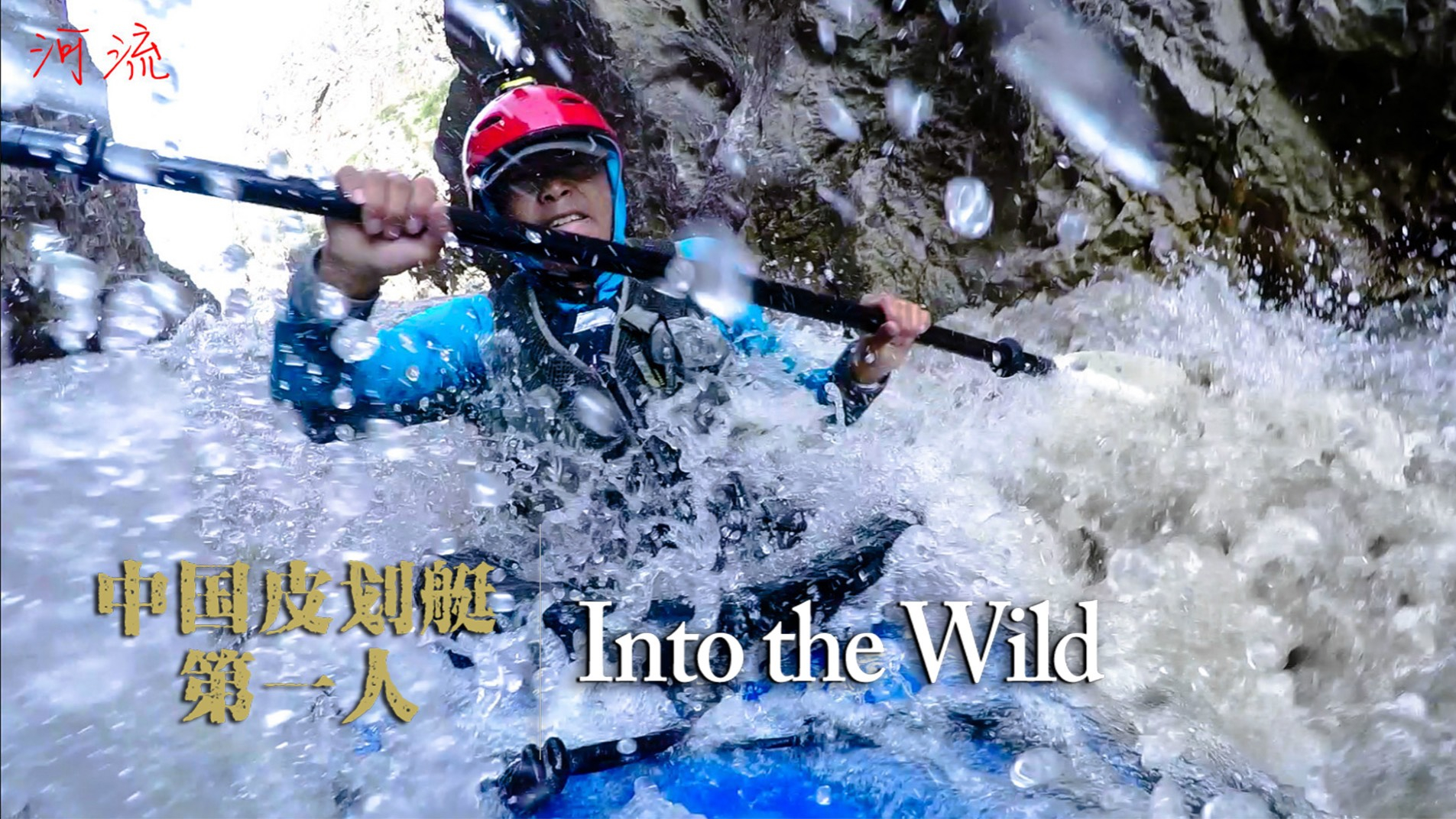

CGTN
CGTN
Semit is the pseudonym of Chinese explorer Li Huacan. It comes from the Semites, an ancient nomadic people in central Asia, probably the first tribe that traveled across the continents of Asia, Europe and Africa. "I wish I could be as good as them in traveling over mountains and rivers," says Semit.
And he did it. In 2015, 41-year-old Semit set out from the headwater of the Yellow River in the Bayan Har Shan, 4,500 meters above sea level in northwest China's Qinghai Province. He kayaked downstream all the way through nine provinces and autonomous regions, successively Qinghai, Gansu, Sichuan, Ningxia, Inner Mongolia, Shaanxi, Shanxi, Henan and Shandong, and eventually disembarked at the river's estuary in Dongying City, east China's Shandong Province. This journey covered 5,464 kilometers in 234 days.
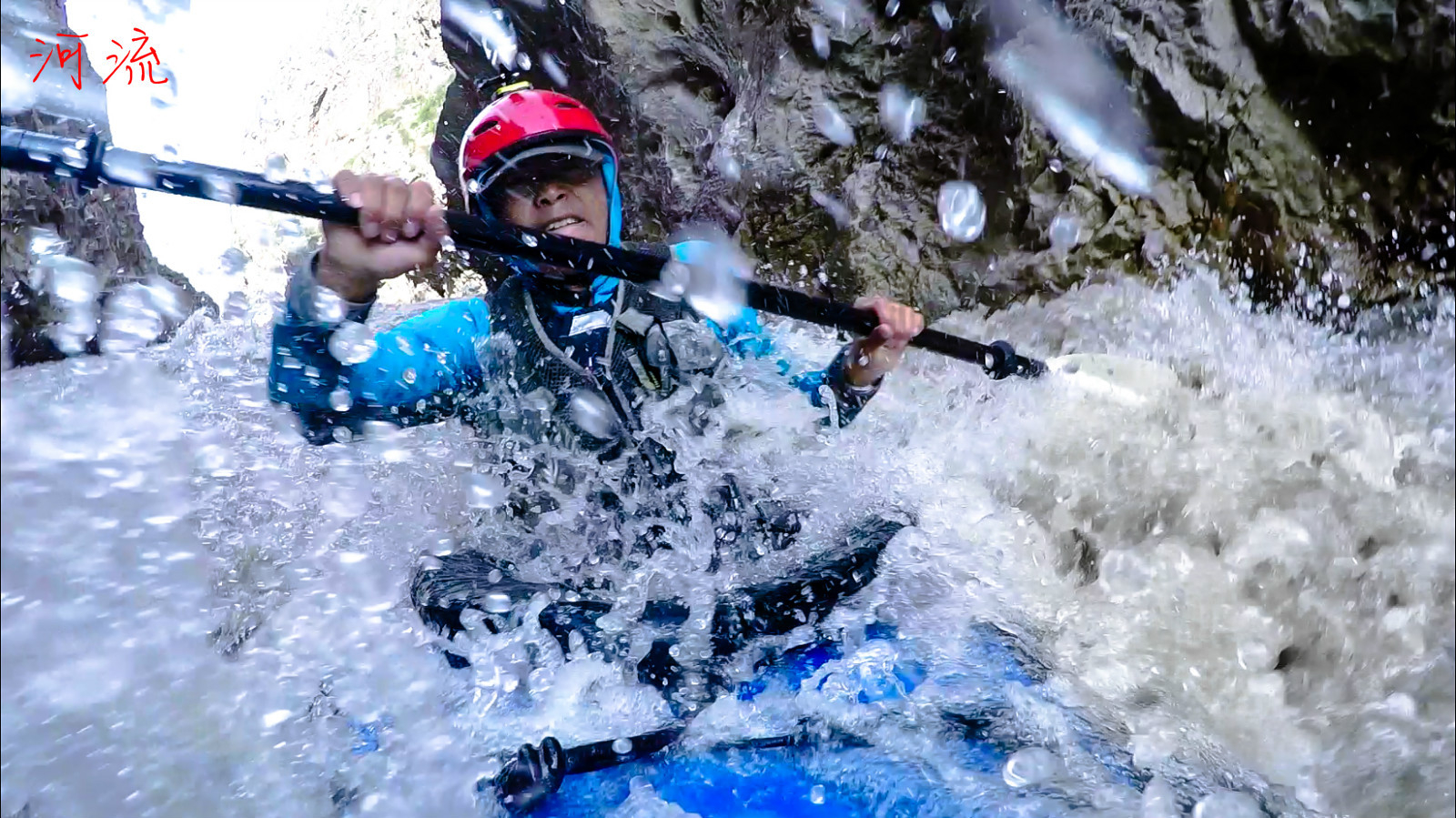
Photo courtesy of Semit
Photo courtesy of Semit
Semit grew up in Zhuhai, a coastal city in south China's Guangdong Province. Instead of giving him the answers, his father always urged him to look for them by himself.
When Semit asked his father to take him to the sea at the age of nine, he received the reply, "See what you could do on your own."
So Semit invited his pal and kicked off towards the sea. "At that time, Zhuhai was surrounded by sugar cane fields. The weather was hot. We didn't bring any water. We were planning to go through the fields in T-shirts and shorts. We walked on and on, before a river blocked our way."
The boys made up their minds and swam across it. Unexpectedly, another river showed up down the road.

Photo courtesy of Semit
Photo courtesy of Semit
"Had we turned back at that moment, we'd have swum across the first river for nothing. So, we took off our clothes and jumped into the second river. Then there's the third and the fourth river. We just swam across them all," says Semit.
"Finally, we saw the sea. It was so spectacular and vast. I was thrilled. My heart thumped vigorously."
In the following years, he became an engineer at a foreign enterprise. Not feeling too much pressure, he would go mountaineering every weekend. Such experience taught him many survival skills, like how to pitch a tent, start a fire and navigate.
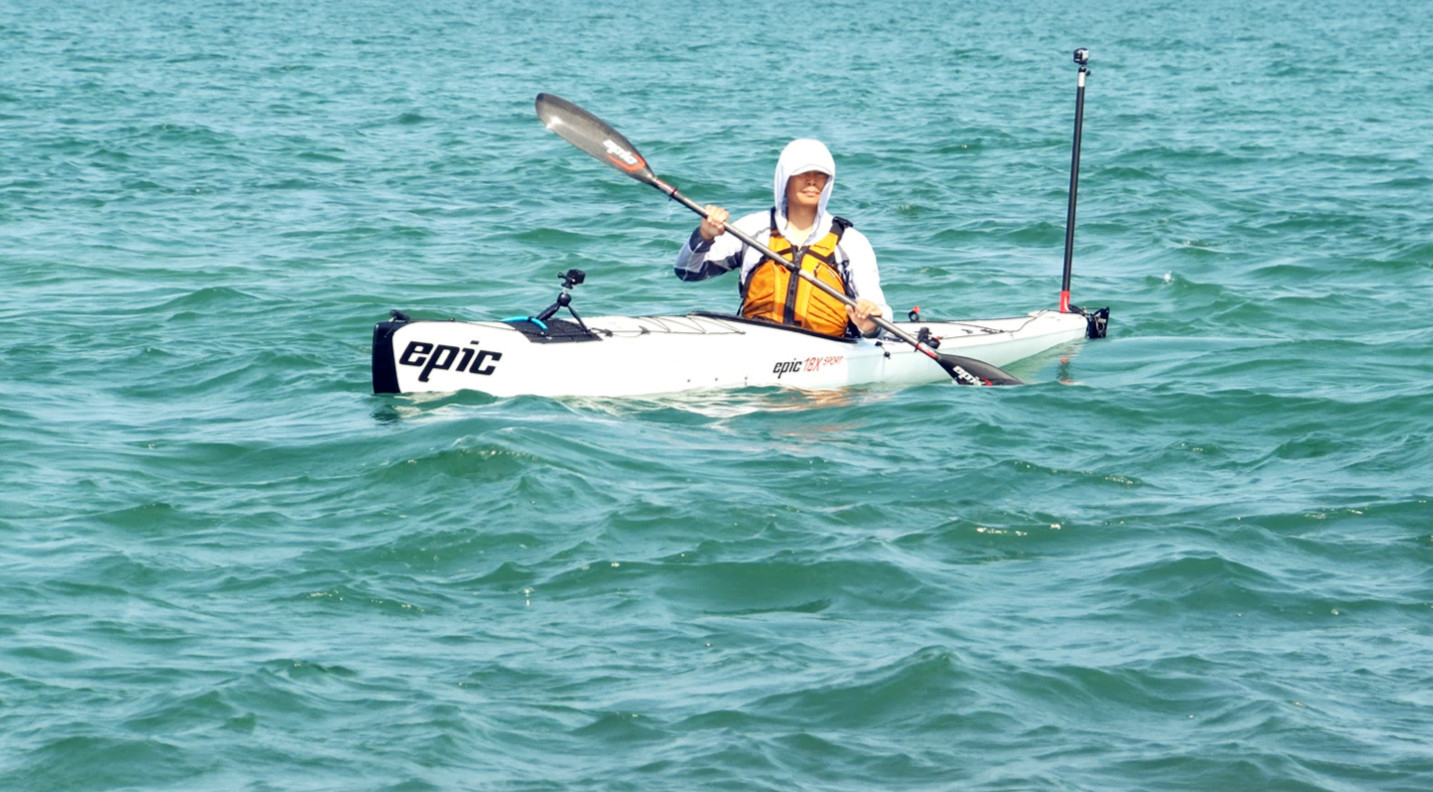
Photo courtesy of Semit
Photo courtesy of Semit
In 2007, he had his first encounter with kayaking in a free commercial promotion. "I was on a lake. Half of the surface was covered with dawn redwood. Kayaking through them is like wandering in a fairyland. This is how I fell deeply in love with this sport."
Kayaking wasn't popular in China, not to mention going for training lessons. Semit could only download online instruction videos and look for materials in foreign languages. He managed to kayak across the Qiongzhou Strait, Bohai Strait and even the Pearl River. Then he set his eyes upon the Yellow River.
The last big event for Yellow River rafting was the "First rafting down the Yellow River" in 1987. Seven members of the team died during the journey. 30 years later, Semit intended to kayak down the river all alone. Due to the high risk of this event, no media dared to follow along. His wife, "Antelope," was the only one who drove an off-road vehicle and kept in touch with him on the walkie-talkie.
Semit spent 12 months mapping strategies for this rafting, studying routes and regional hydrology. He even trained himself in rock climbing, so as to survive in the canyons where kayaks could easily be capsized.
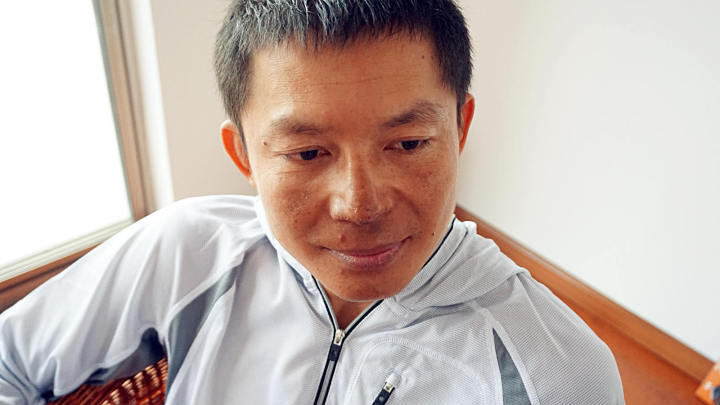
Photo courtesy of Semit
Photo courtesy of Semit
"The most dangerous part is where the Yellow River flows from the Qinghai-Tibet Plateau to the Loess Plateau. The altitude abruptly drops from over 3,000 meters to only 1,000 meters. With such an altitude difference, the rapids are thundering."
At the moment, he received an anonymous call from someone who had participated in the first Yellow River rafting 30 years ago, warning him to skip the dangerous section because "theoretically, no one could survive that."
Although Semit believed that he could make it even if his kayak was capsized, because he had rich experience in mountaineering, a year's training of rock climbing, and advanced gear such as a water-proof dry suit.
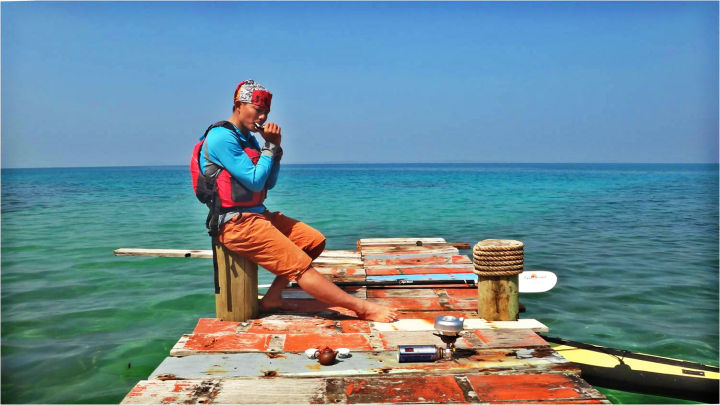
Photo courtesy of Semit
Photo courtesy of Semit
The moment he took to the water, "it felt like being thrown into the washing machine." The kayak only weighed 3.5 kilograms, and the balance can only be controlled by human force. The torrents rolled higher and higher. To avoid capsizing, Semit must adjust the direction in the fraction of a second, in order to maintain the prow in a perpendicular angle toward the rapids. The kayak was tossed like a toy.
The only capsizing accident happened on the day after he went through the deadly 20 kilometers. In order to paddle through the reservoir region as fast as possible, he shifted to a heavier flatwater kayak. But it gave him more trouble in maintaining balance and got him rolled over by torrents. About to be thrown against the left bank, he made a swift decision to dive and hide behind the starboard, a narrow escape indeed. Ten minutes later when he was flushed out of the canyon, he got on board again. Recalling this experience, Semit wrote in his column: "Whenever in danger, I always have the same thing in mind: to survive. Because life matters more than anything else."
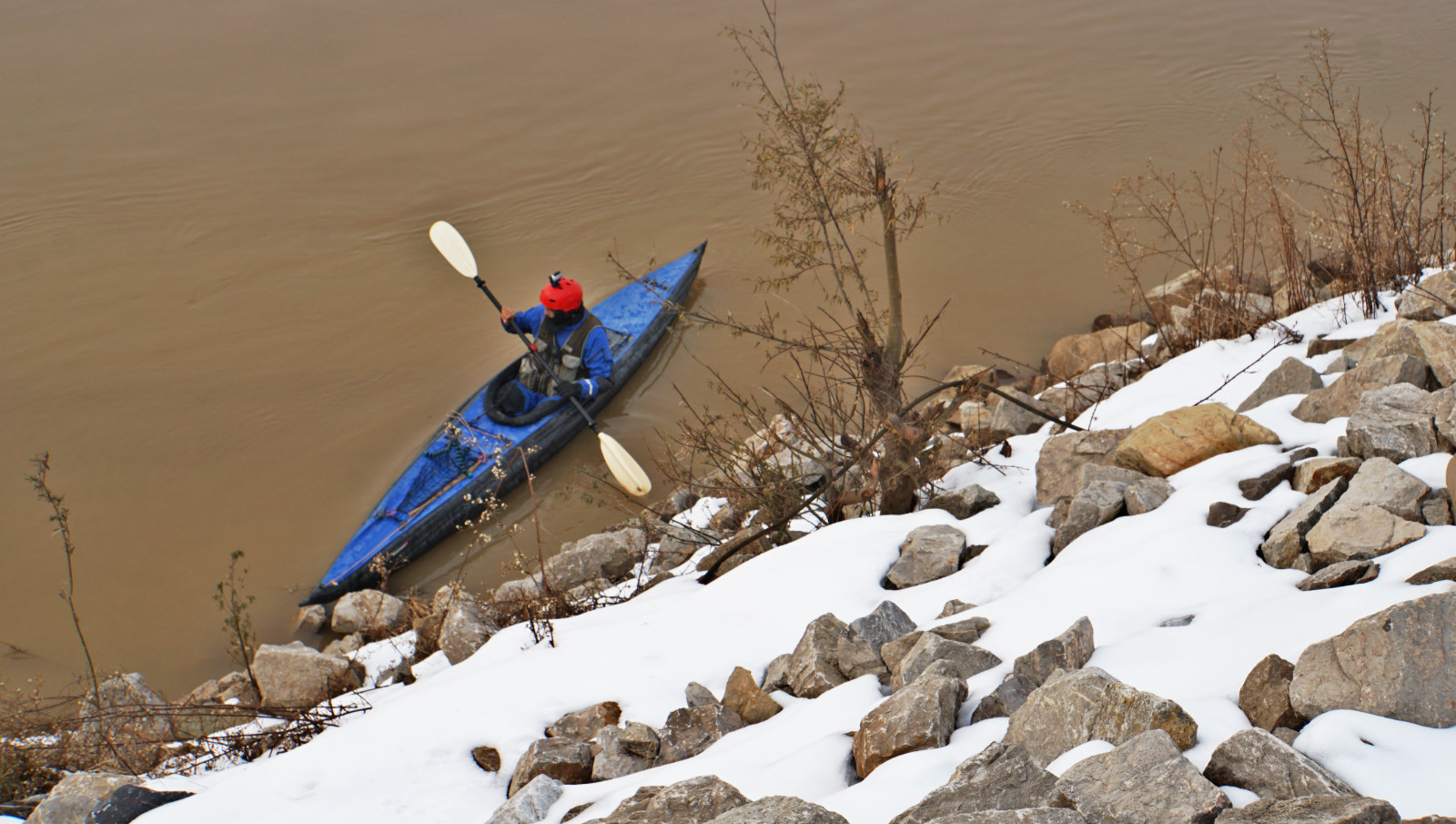
CGTN Photo
CGTN Photo
"Mother Nature is formidable and magnificent. Humans would never truly defeat or conquer her. You can do physical training, acquire survival skills and experience, then take the time when she shows the mildest face and go rafting or mountaineering. If you are lucky enough to survive and accomplish something, then you win the challenge."
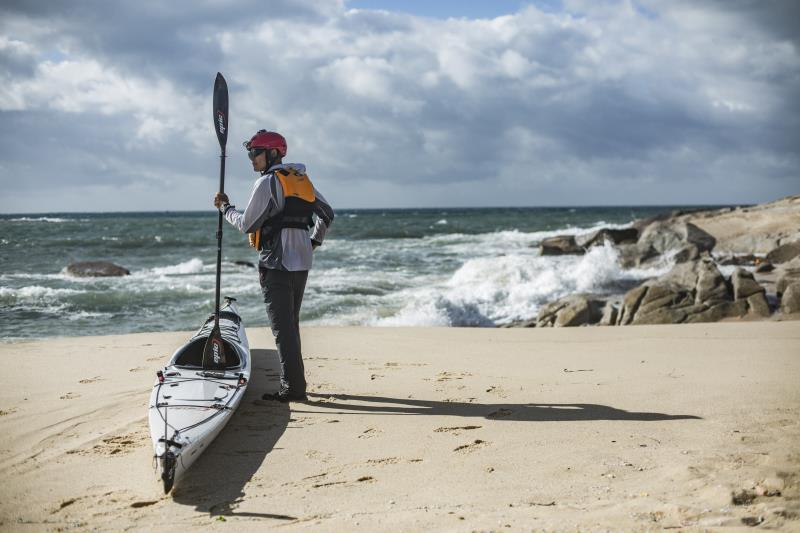
Photo courtesy of Semit
Photo courtesy of Semit
Semit rafted down the river in the daytime, and wrote his logs in the evening about the scenery and cultural landscapes along the Yellow River. It was like conducting field research. Occasionally, when there was Internet access, he would follow his favorite anime One Piece, in order not to miss a single episode. He would also play his harmonica once in a while.
According to Semit, the most enjoyable moment during the rafting happened at the junction of Qinghai-Tibet Plateau and Loess Plateau, when he saw the clear water turned turbid with mud and loess. Thrilled by the spectacle, he recalled when he first saw the sea as a child.
In 2016, he was chosen as one of the world's top 10 adventurers by National Geographic. His wife said that Semit has "some primitive qualities, like that of a wild animal." The instinctive impulse urged him to travel around the country and the world, so as to be immersed into a greater cause and fate.
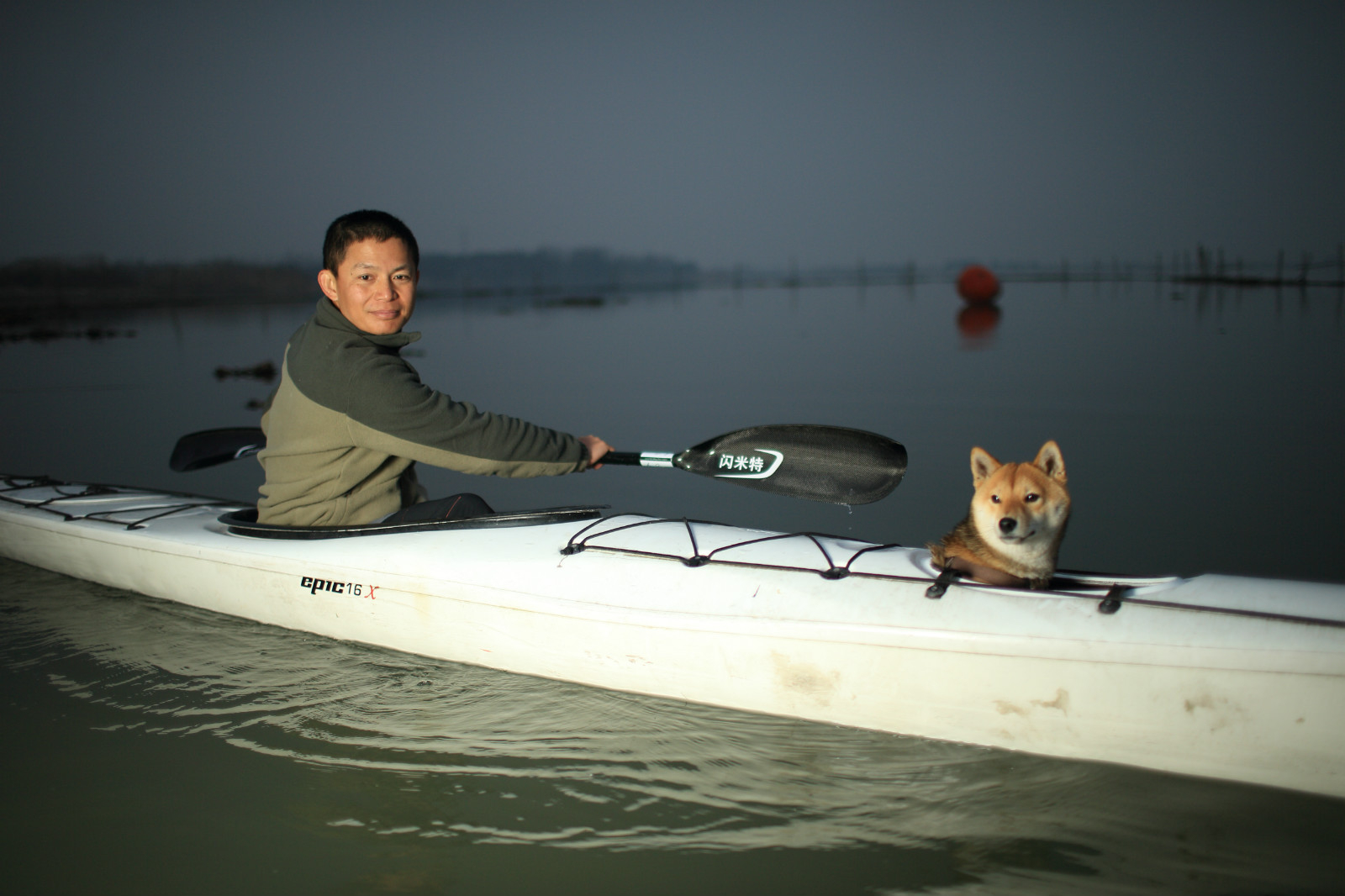
Photo courtesy of Semit
Photo courtesy of Semit
"Humans are insignificant in a way. We can't always control our own fate," says Semit. "A life's path resembles the route of the Yellow River. The river actually didn't make the call in the past 1.5 million years. It just turns at the mountains and flows downwards to the most erodible grounds. Life is the same, because people would often choose the easiest way. There could be anything along the way that I take. I would only meet the challenge and make it through by marching forward with expectations."

The story is one in The 1.3 Billion series exploring the diverse lives that make up China.
The story is one in The 1.3 Billion series exploring the diverse lives that make up China.

SITEMAP
Copyright © 2018 CGTN. Beijing ICP prepared NO.16065310-3
Copyright © 2018 CGTN. Beijing ICP prepared NO.16065310-3